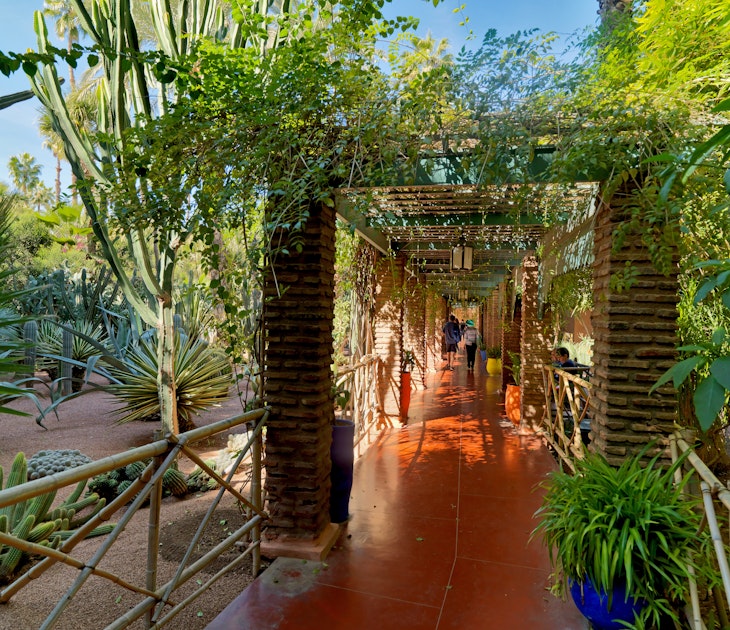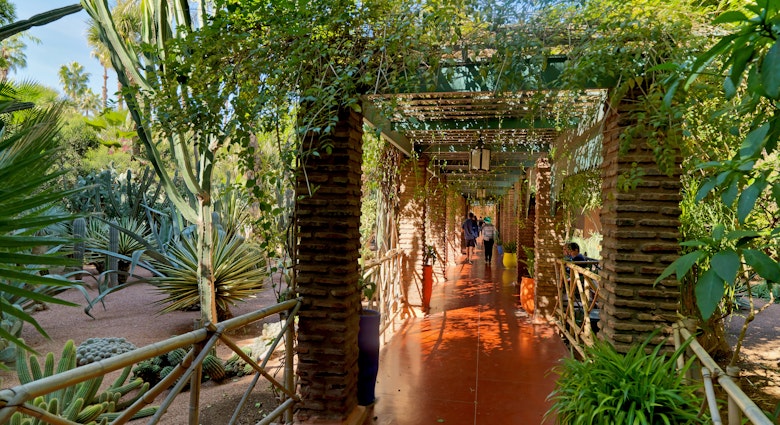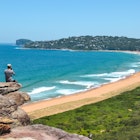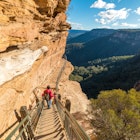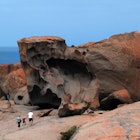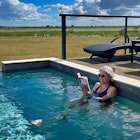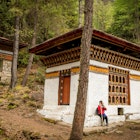Wildlife is one of Australia’s top selling points, and justifiably so. A network of national parks, state forests and reserves is home to unique and fascinating native fauna, and although many of the furry mammals are nocturnal, during the daylight the birdlife is vibrant, noisy and colourful.
If your visit extends only as far as Sydney, don’t give up on seeing Australian wildlife. Even in a Sydney backyard you’re likely to see more reptile species (mostly skinks) than can be found in all of Great Britain. During a nocturnal wandering in any of the cities' parks you are highly likely to see several species of curious possums, some of which look like skunks.
If you don't have time to spend in one of the vast national parks, Australia's zoos and wildlife parks have come a long way from the miserable cement enclosures of yore and these environments provide unparalleled opportunities to observe Australia’s rare and cryptic animals.
If you are heading to New South Wales and want to see some of Australia's kookier animals, there are platypuses and gliders to be found in New England National Park, and 120 bird species in nearby Dorrigo National Park. The Border Ranges National Park is home to a quarter of Australia’s bird species, while Willandra National Park is World Heritage-listed and encompasses dense temperate wetlands and wildlife.
Image by Tim√
The fantastic diversity of Queensland’s Great Barrier Reef is legendary, and a diving or snorkelling trip out to the reef is unforgettable. For those intrigued by the lush diversity of tropical rainforests, Queensland’s World Heritage sites are well worth visiting. Birds of paradise, cassowaries and a variety of other birds can be seen by day, while at night you can search for tree-kangaroos (yes, some kinds of kangaroo live in trees).
Some of the rarer marsupials are restricted to a small area of northeast Queensland. Fossils from as far afield as western Queensland and southern Victoria indicate that such creatures, and their rainforest habitats, were once widespread.
For supreme koala-spotting, head to Magnetic Island in Queensland, Kangaroo Island in South Australia or Apollo Bay on Victoria's Great Ocean Road.
Kakadu National Park provides some spectacular bird-watching opportunities, especially towards the end of the dry season, around November. You’re also guaranteed to spot crocodiles in the Top End, in places such as Cahill’s Crossing or Yellow Waters in Kakadu. The best place for guaranteed sightings of a great range of the Top End’s fauna is the excellent Territory Wildlife Park outside Darwin.
Australia’s deserts can be a real hit-and-miss affair as far as wildlife is concerned. In a drought year, all you might see are dusty plains, the odd mob of kangaroos (keep your distance, and resist the urge to feed them as you risk seriously damaging their health); as well as emus and a few struggling trees. Return after big rains and you’ll encounter something close to a Garden of Eden. Fields of white and gold daisies stretch endlessly, perfuming the air. The salt lakes fill with fresh water and millions of water birds – pelicans, stilts, shags and gulls – can be seen feeding on the superabundant fish and insect life. It all seems like a mirage, and as such it will vanish as the land dries out, only to spring to life again in a few years or a decade’s time. For guaranteed encounters and a wonderful introduction to the arid zone, take advantage of the beautifully executed Alice Springs Desert Park.
Another fruitful region for seeing Australian wildlife is Tasmania. The island is jam-packed with wallabies, wombats and possums, principally because foxes, which have decimated marsupial populations on the mainland, were slow to reach the island (the first fox was found in Tasmania only as recently as 2001). It is also home to the Tasmanian devil – the Australian hyena – less than one-third the size of its African ecological counterpart, and made famous by the Warner Bros. cartoon.
Devils are common on the island, and in some national parks you can watch them tear apart road-killed wombats. Their squabbling is fearsome, and their shrieks ear-splitting - it’s the nearest thing Australia can offer to experiencing a lion kill on the Masai Mara. Unfortunately, Tassie devil populations are being decimated by facial tumour disease, which infects up to 75% of the wild population. Quarantined populations have been established but efforts to find a cure have been depressingly fruitless. The best place to see these unfortunate and extraordinary creatures are at most wildlife parks around the country.


